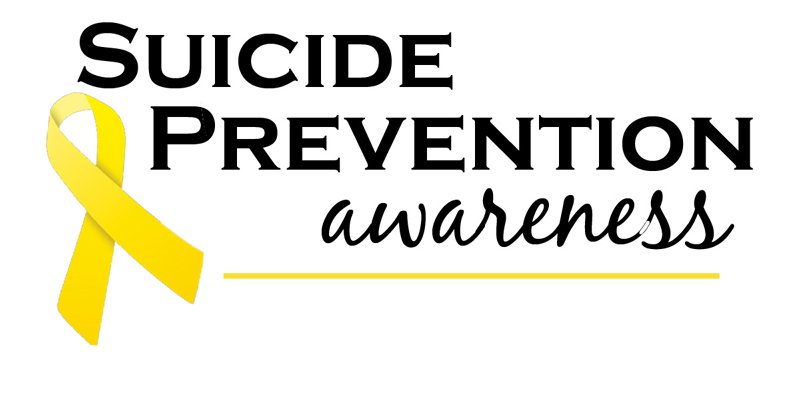
6 Ways To Support Men’s Mental Health
by Counseling and Wellness Center of PittsburghJanuary 19, 2024 Depression in Men, male mental health statistics, men's mental health, men's mental health awareness, men's mental health statistics, men's mental health stigma, mens mental health, mental health, mental health awareness, mental health stigma, stigma men's mental health1 comment
6 Ways to Support Men’s Mental Health
The pursuit of mental well-being is universal, but men often encounter unique challenges in acknowledging and addressing their mental health. In this blog post, we take a closer look at men’s mental health, addressing the common reluctance to seek therapy. Supported by relevant men’s mental health statistics, we...Learn More
A Therapist’s Thoughts on Bipolar Disorder Inside and Outside the Therapy Room
by Counseling and Wellness Center of PittsburghMarch 14, 2022 bipolar disorder, Bipolar I Disorder, Bipolar II Disorder, depression, manic depression, medicine, mental health, mental health awareness, mental illness, mood swing, preventing suicide0 comments
As a therapist I have had many clients who were diagnosed with or in the process of being identified as having Bipolar I Disorder. Similarly, I recognize experiences with acquaintances whose personalities seemed to dramatically change over time. Before learning more about bipolar disorder, I wondered what had caused these changes, was it me, them, or had our relationships simply changed....Learn More
Suicide Prevention
by Counseling and Wellness Center of PittsburghJune 8, 2018 Anthony Bourdain suicide, kate spade suicide, mental health awareness, suicide, suicide prevention, suicide warning signs0 comments
With the suicide of two Hollywood Stars this week, both Kate Spade fashion designer, and beloved Anthony Bourdain, American chef and champion of human rights, we at the Counseling and Wellness Center of Pittsburgh wish to express our condolences to the families, friends, and all of those effected by these tragic losses. According to the National Institute of Health, suicide rates are rising,...Learn More
